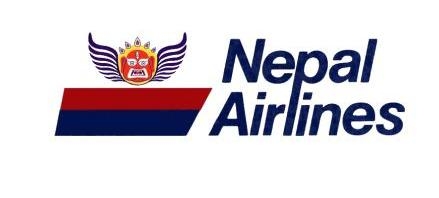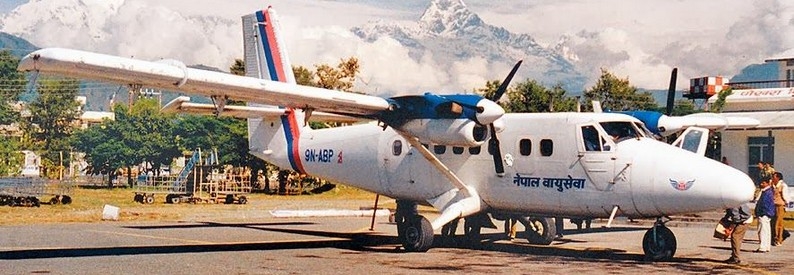State-owned provident funds have confirmed that Nepal Airlines (RA, Kathmandu) has begun repaying loans as the carrier returns to profitability. Kathmandu's Abhiyan Daily outlet reports that officials from the Employee Provident Fund (EPF) and the Citizen Investment Fund (CIF) say the airline has started making payments on loans that date back up to a decade.
The report says Nepal Airlines has borrowed NPR22 billion Nepali rupees (USD168.4 million) from the EPF since 2013 in two tranches. The first NPR10 billion (USD76.5 million) loan taken out in 2013 was to fund the acquisition of two A320-200s. The second NPR12 billion (USD91.8 million) loan was secured in 2017 to help pay for a pair of A330-200s. Nepal Airlines also went to the CIF that year for NPR12 billion to help cover the cost of the widebody aircraft.
Contradicting a statement made by Nepal's auditor general last month, EPF spokesperson Damodar Prasad Subedi told The Abhiyan Daily that Nepal Airlines has made the last half dozen repayments on time, including paying NPR4.3 billion (USD32.9 million) recently. Reportedly, Nepal Airlines is paying an interest rate of 12% p.a. over a 15-year period for the NPR10 billion EPF loan to buy the two A320-200s. The carrier is also paying 10% p.a. for the NPR12 billion borrowed from EPF to acquire the A330-200s. Owing to unpaid instalments and interest, which ch-aviation reported EPF had capitalised, the amount owed to EPF blew out to NPR50 billion (USD382.7 million). However, the debt is now reportedly down to half of that.
Meanwhile, Raman Nepal, executive director of the CIF, also said Nepal Airlines was making repayments. He said the fund made the loan in 2017 because the Nepalese government guaranteed it, and added that a large amount, albeit unspecified, remained outstanding. In April, Nepal Airlines sent a letter to the EPF and CIF asking for a waiver on interest and penalties owed, which the two funds were reportedly considering at the time. The EPF manages the long term savings and pensions of public sector employees, while the CIF operates and manages various types of retirement schemes, unit schemes, and mutual fund programs. The Nepalese government has a history of using both funds as lending vehicles for other state-owned enterprises.



